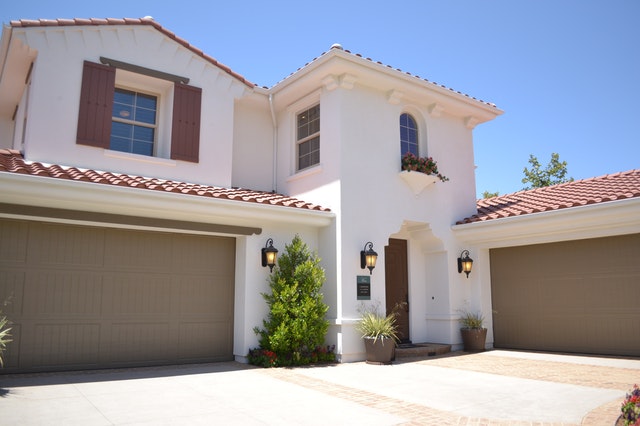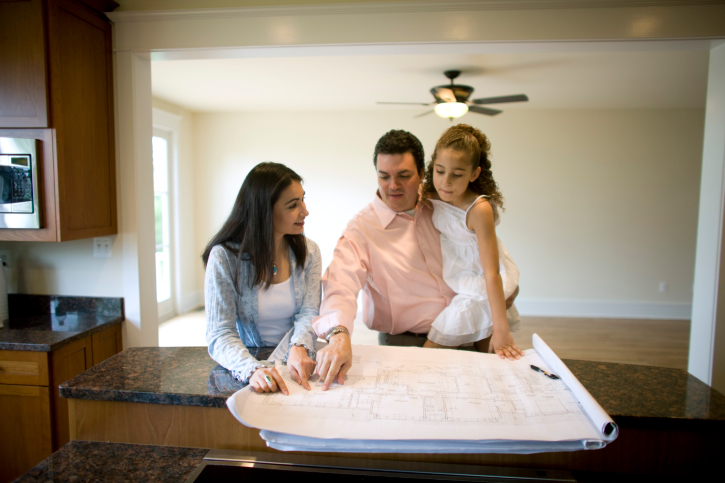 When you think about buying or selling a home, your focus is often on the personal benefits, finding the perfect place to live, or getting a good return on your investment. However, these transactions do more than just impact your life; they also have a positive effect on the entire community. Here’s how buying or selling a home can benefit your local area.
When you think about buying or selling a home, your focus is often on the personal benefits, finding the perfect place to live, or getting a good return on your investment. However, these transactions do more than just impact your life; they also have a positive effect on the entire community. Here’s how buying or selling a home can benefit your local area.
1. Boosting the Local Economy
Real estate transactions are a significant driver of economic activity. When you buy or sell a home, a whole host of local businesses benefit, from real estate agents and home inspectors to contractors and moving companies. This influx of business generates income for local workers and supports small businesses, which in turn helps to strengthen the local economy.
2. Supporting Local Services
Property taxes collected from homeowners are a primary source of revenue for local governments. These funds are used to maintain and improve essential public services, such as schools, fire departments, police forces, and public parks. By purchasing a home, you contribute to the funding of these services, helping to ensure that your community remains a safe, vibrant, and well-maintained place to live.
3. Fostering Community Development
New homeowners bring fresh energy and ideas to a neighborhood. Whether it’s through participation in local events, involvement in community organizations, or simply maintaining and improving their property, homeowners contribute to the overall development and well-being of the area. Selling a home also opens the door for new residents who can bring diversity and new perspectives to the community.
4. Increasing Property Values
A healthy real estate market can have a positive effect on property values across a community. When homes are bought and sold regularly, it signals that the area is desirable, which can drive up demand and, consequently, property values. As property values increase, homeowners build equity, which can enhance their financial stability and contribute to overall community wealth.
5. Promoting Sustainable Development
Homebuyers today are increasingly looking for energy-efficient and environmentally friendly homes. This trend encourages builders and developers to adopt sustainable practices, leading to greener, more sustainable communities. Additionally, sellers who invest in eco-friendly upgrades can attract more buyers, promoting a cycle of sustainable living within the community.
6. Enhancing Social Connections
Buying or selling a home often brings new neighbors into the community, creating opportunities for social interactions and the building of new friendships. Strong social ties are a key component of a thriving community, leading to increased civic engagement, support networks, and a sense of belonging among residents.
Buying or selling a home is more than just a financial transaction, it’s an investment in your community. From boosting the local economy and supporting public services to fostering community development and promoting sustainability, your real estate decisions have far-reaching impacts that benefit everyone in the area. So, as you navigate the process of buying or selling, take pride in knowing that you’re contributing to the growth and vitality of your community.
 This week featured the usual retail sales report which shows consumer demand and as well as an indicator of the velocity of money, not only for consumers but business to business as well. An increase would show an increase in national and local increase in economic activity, which is important as we move into Q4 of the year; where the holiday season is expected to see an increase in consumer activity.
This week featured the usual retail sales report which shows consumer demand and as well as an indicator of the velocity of money, not only for consumers but business to business as well. An increase would show an increase in national and local increase in economic activity, which is important as we move into Q4 of the year; where the holiday season is expected to see an increase in consumer activity.
 April readings for S&P Case-Shiller’s Housing Market Indices showed gains in home prices throughout the U.S. Rising prices were caused by shortages of previously-owned homes for sale and increasing buyer demand as the average 30-year mortgage rate exceeded six percent. The southeastern region lost its top spot on S&P Case-Shiller’s 20-City Home Price Index as Chicago, Illinois, Atlanta, Georgia, and Tampa, Florida held the top three year-over-year home price growth rates for April.
April readings for S&P Case-Shiller’s Housing Market Indices showed gains in home prices throughout the U.S. Rising prices were caused by shortages of previously-owned homes for sale and increasing buyer demand as the average 30-year mortgage rate exceeded six percent. The southeastern region lost its top spot on S&P Case-Shiller’s 20-City Home Price Index as Chicago, Illinois, Atlanta, Georgia, and Tampa, Florida held the top three year-over-year home price growth rates for April. With the cost of rent going up across the board and becoming even less affordable in metropolitan centers, it’s never been a better time to seriously consider home ownership. While the price of a home and all the associated costs can certainly seem like a tight squeeze after years of renting, here are some reasons you may want to consider giving up your rental and springing for a home instead.
With the cost of rent going up across the board and becoming even less affordable in metropolitan centers, it’s never been a better time to seriously consider home ownership. While the price of a home and all the associated costs can certainly seem like a tight squeeze after years of renting, here are some reasons you may want to consider giving up your rental and springing for a home instead. Last week’s economic news included readings on home price growth, new and pending home sales, and inflation. Weekly reports on mortgage rates and jobless claims were also released.
Last week’s economic news included readings on home price growth, new and pending home sales, and inflation. Weekly reports on mortgage rates and jobless claims were also released. You’re ready to purchase a home, but you’ve looked at everything on the market and can’t find the perfect place. You’ve researched the school districts, neighborhoods and nearby amenities, and you know exactly in which area you want to live.
You’re ready to purchase a home, but you’ve looked at everything on the market and can’t find the perfect place. You’ve researched the school districts, neighborhoods and nearby amenities, and you know exactly in which area you want to live.